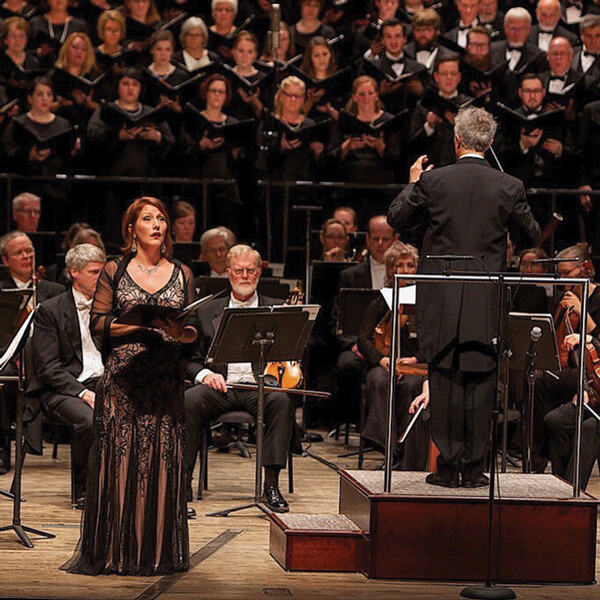News & Articles
Browse all content by date.

This is the way the world ends
This is the way the world ends
This is the way the world ends
Not with a bang but a whimper.
-T.S.Eliot, The Hollow Men (1925)
The European and North American scene between 1890 and 1930 was not all about collecting sea shells and rose blossoms. Forty years of nearly constant WAR on a global scale, followed by the beginnings of economic depression and human massacre unique to this planet. But I’m getting ahead of myself!.
Gustav Mahler was up north, in Hamburg. James Joyce was wandering back and forth between Dublin and Trieste, over in northeastern Italy, on the Slovenian border. Joyce was writing his masterful novel, Ulysses, dealing with 24 hours in the life of a man of the very real world. Mahler was working on what became his second symphony, a musical work lasting about 85 minutes, with five sections, two pieces of poetry, and a large chorus singing a hymn to the concept of Auferstehen - resurrection.
Only in May,1970, March 1997, and April, 2008 has a Duluth audience been rewarded by a performance of this majestic symphony. I know people who have heard each of these performances. I was present in April, 2008, and I was present this past Saturday night as Music Director Dirk Meyer unveiled his interpretation of this incredible epic narrative.
The first movement is an epic all by itself. At Friday night’s rehearsal, I sat with a symphonic score in my lap and read what was happening in the orchestra as it unfolded. The wonderfully sophisticated musical syntax of Gustav Mahler is as wonderful as James Joyce. I realize this puts me in a curious category, but I’ll take that risk. In twenty minutes, Mahler has unfolded almost all of the themes that will recur in this symphony, and all the musicians have been engaged (except the singers).
The passion of the first movement becomes the delicate bliss of the second, followed by the demonic clarinets in the third. So many DSSO players were front and center, that it’s hard to single out individuals. By the time this third movement ends, energy has been depleted, for sure, and the fifty-three string players and forty-eight wind, percussion, harp, and organ players are ready for some new inspiration.
Mezzo-soprano Abigail Nims stands to sing about red roses that might lead humankind back to the light-filled world of eternal holiness. Even from the back rows of the chorus this was blissful. Her comments are complete, and the orchestra returns to a very aggressive manner, until the lights start shining through, birds sing their gifted songs, and the chorus quietly opens a new sense of hopefulness with the first word, Auferstehen.
Our lives are mortal, but pain and death are not as powerful as life itself; the holiness of life will overcome the pains and sufferings of death. Soprano Carrie Hennessey joins Nims as they sing of these glories - - life, light, wings in motion, twinkling hearts and the nearness of GODness.
With all hundred players, about a hundred twenty singers, and live audience as well as TV audience, the glorious thunder of the final chords announce Mahler’s point of view. Since the spring of 1970 this symphony has been part of my musical life. This live performance was as thrilling as I had hoped. Just to watch Meyer in motion is a treat, and to watch the orchestra players focus and concentrate on this complex music is even more exciting.
If you were not in the audience, perhaps you can find someone who has this performance now on their computer. Watch it several times, and allow the music of Gustav Mahler to penetrate your human fibers. The power of brass, winds, strings, organ, and voices makes it clear that the world of music and poetry will be with us for decades and centuries to come.
| Tweet |


